Tech
Only 2% of tech jobs are held by Black women. Cristina Mancini knows thats unacceptable.
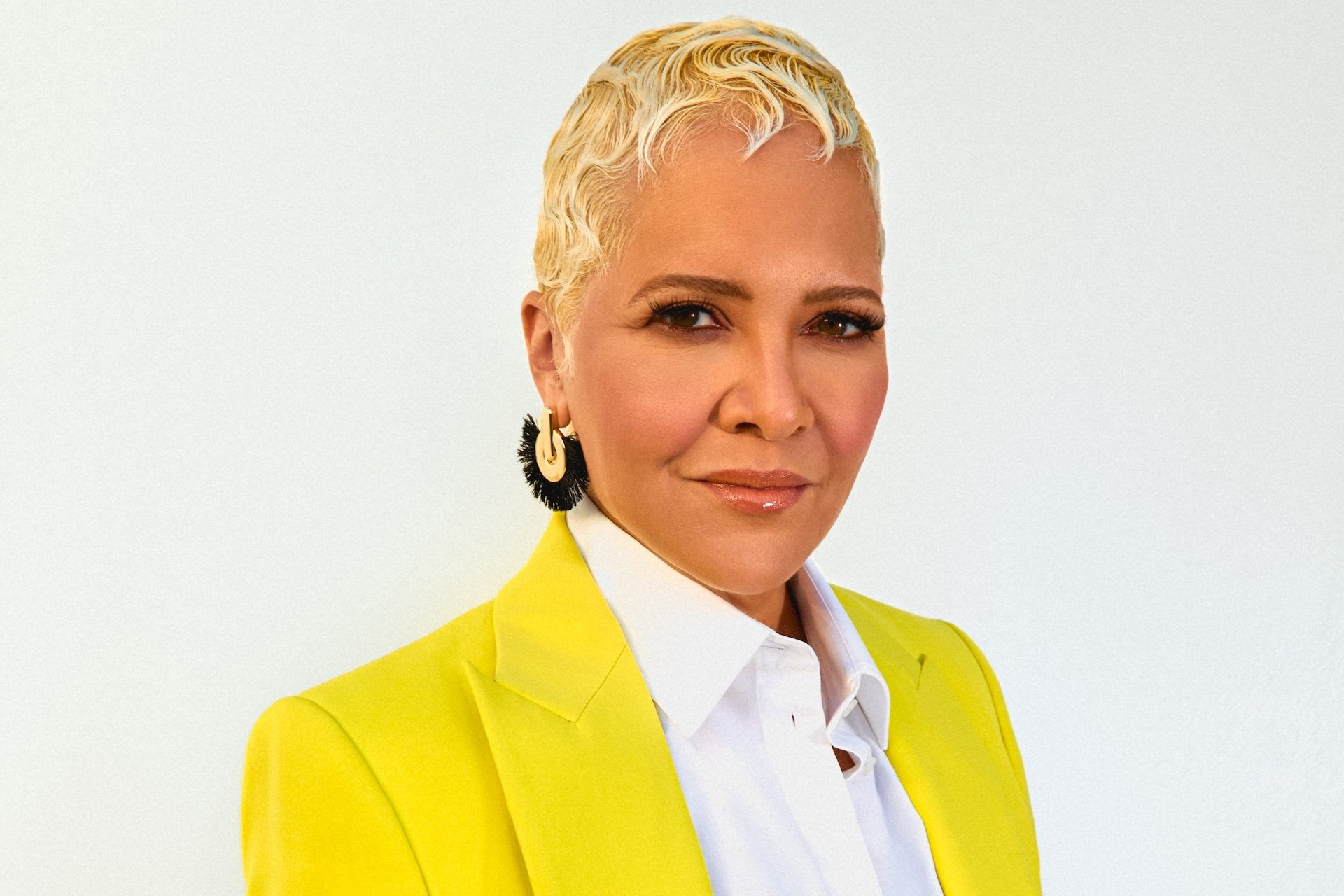
When it comes to the current state of Black women in tech, the vibes are ominous. There's the current war on DEI, with companies like Google and Meta killing their diversity programs. Then there's the desire of Meta's Mark Zuckerberg for more "masculine energy" in corporate America, which only added to the feeling that Silicon Valley was growing ever more hostile to women and People of Color. Aside from the anecdotal evidence, the numbers don't lie: Only 19 percent of computer science bachelor degrees are earned by women, approximately 3 percent are earned by Black women, and only 2 percent of tech roles are held by Black women, according to data from the organization Black Girls Code.
BGC's mission is to increase those numbers by partnering with schools, companies, organizations, and volunteers to offer Black girls in-person and virtual learning opportunities. Cristina Mancini, a former executive at Salesforce and 20th Century Fox, took the helm of BGC in late 2023, announcing at the time her push for workforce development and a goal of seeing one million girls of color in tech by 2040.
With Black History Month upon us, and a very different industry environment than a year ago, Mashable caught up with Mancini to discuss the latest with her organization and how she stays optimistic during this strange time.
Mashable: Tell us the latest about Black Girls Code and your goals for the year.
Mancini: For those who aren’t familiar, Black Girls Code is an organization that works to inspire, educate, and launch the next generation of technologists by equipping them with the skills and confidence to lead in a field where they’ve historically been underrepresented. We have a lot of exciting initiatives and programming coming up this year – including a new season of our free video-based coding academy, Code Along, which will be released and available on YouTube later this month.
One thing we are really focused on this year is expanding our impact to reach more people and continuing to enhance our curriculum. As AI and other emerging technologies reshape our world, we are constantly evolving and expanding our curriculum to position our girls to be not just participants, but leaders in this technological revolution. This includes: expanding to more cities to reach more girls; evolving our curriculum and deepening our career acceleration programs; creating more pathways to apprenticeships that will define the future of tech.
We have a bold vision to launch one million Black girls in tech by 2040. To some this may seem ambitious, but considering that currently only 2 percent of tech roles are held by Black women, I don’t think it’s ambitious enough. Our work is about creating ecosystems of support to equip girls from grade school through college, as well as those pursuing alternative career paths, with the skills necessary to accelerate their professional growth in tech. By focusing on personal and professional development alongside tech education, BGC ensures its graduates are well-rounded and ready for the workforce.
With little government support for fostering STEM and tech opportunities for Black girls, how can parents, family members, and teachers make up the difference?
Statistics are stark: Women still account for only 18 percent of new computer science degrees, and that number gets significantly lower when you account for intersecting identities. This highlights not just a tech industry issue but a broader societal challenge.
One question that I’ve been asking myself a lot lately is what is the cost of inaction? What happens when entire demographics are missing from rooms where these technologies are being funded, legislated, and created. When diverse voices are absent from the tech industry, innovation suffers, and systemic biases are perpetuated. The lack of representation leads to technologies that fail to address the needs of underrepresented communities. Without intentional efforts to include underrepresented groups, tech risks becoming a field that reinforces existing inequalities. This exclusion stifles progress and leaves critical societal issues unaddressed.
This is why, at Black Girls Code, we remain more focused than ever on our mission, our learners, and our community. As always, we need to stay connected, share resources, and think critically about what we put our energy and our money towards. We also need to create the spaces and instill a sense of belonging, helping young women of color see themselves in spaces they might have thought were out of reach. We need to demystify technology and remind people that technology is for everyone.
Tech isn’t this scary thing; it’s for everyone and it impacts all aspects of our lives from healthcare, entertainment, and education to finance and sustainability.
I also encourage teachers, parents, and family members to check out our Code Along series! This video-based coding academy teaches coding skills in a fun, accessible, and engaging format on YouTube and other social media platforms (for free!). We have two programs – one designed for an elementary school learner, called Code Along Jr., and one designed for middle schoolers, which is Code Along. Last year, across our two Code Along programs, we reached over 2 million viewers. These kinds of opportunities are such easy, fun, and impactful ways to get involved, where students learn real, tangible skills that will pave the way for their career preparation. For example, our ‘How to Code an AI Chatbot from Scratch’ video is one of our best performing episodes in the Code Along series, as it’s both useful and fun. Perhaps most importantly, these programs serve as a source of inspiration for what the next generation of tech innovators is capable of, and looks like.
Having diverse voices creates ethical experiences that reflect the values of all consumers. Diverse teams are better equipped to create inclusive products and services that serve a broader audience. By empowering Black girls to enter the field of tech, BGC ensures that their unique perspectives contribute to a more equitable and innovative industry. We need to invest in girls of all backgrounds and position them to not just be participants, but leaders in this technological revolution that we’re experiencing.
It's a precarious time for women and POC in the tech sector. How can Black girls interested in the industry, and Black women already in it, stay optimistic?
The first thing I’d like to say is that I am confident we can build a technological industry and future that is created by us, for everyone. One that is safe, inclusive, and joyful. That being said, addressing the gaps in representation isn’t a technology problem, it’s a human problem. We need to ensure our technology represents people from all walks of life. As members of the Black community, we’re super users of this technology and we have the opportunity to become architects. As technology continues to develop at such a rapid pace, we need to ensure we are in these rooms shaping the future we want. We need to be engaged, active, and intentional, and focused on having conversations that are centered on solutions rather than obstacles.
I’d like to encourage us to think about the narrative we’re telling ourselves and exhibiting to the younger members of our community. At BGC I am working on redefining the narrative for Black women in tech – focusing on Black joy in technology rather than marketing trauma as a success story. I want to spotlight the examples of brilliance in action, to talk about and learn from our technologists in the making, who are using technology on their own terms. When we look around, and choose to see joy and success, we see that the opportunities are boundless.
Finally, I just want to remind everyone that we have to remember to breathe. To take care of ourselves. It is impossible to be optimistic otherwise. Talking to our loved ones and connecting with our communities should be the cornerstone of the day, not an after-thought.
You have extensive experience working in tech at Salesforce and entertainment at 20th Century Fox. How did each industry differ when it came to fostering and supporting Black talent?
I could speak about my career at length, but I believe talking about the pressing challenges facing the tech industry and how we're looking to address them is a better use of our time. We are in the midst of a technological revolution and AI is quickly infiltrating all aspects of our lives – hiring practices, financial services, healthcare, entertainment, and more. Too often, the people creating these technologies don't look like the communities they're supposed to serve. When entire demographics are absent from the critical spaces where technologies are conceived, we leave room for bias and harm. The question isn’t just ‘when will we acknowledge this truth’, but ‘when will we act on it?’ Time is not on our side and we do not want to know what the cost of inaction means for our communities.
This is why at Black Girls Code we are reminding people that underrepresented does not mean underprepared or underqualified. At Black Girls Code we are creating an ecosystem where under-recognized talent thrives as developers, innovators, and leaders across all technology sectors, and we are doing this through four main goals, which are to: launch one million Black girls in tech by 2040; inspire a passion for tech. Show Black girls and gender-expansive youth of color that they belong in tech, they can express themselves with tech skills, and can build thriving tech careers; educate with relevant skills. Equip our community with the tech and leadership skills they need to thrive in the tech world, while providing supportive in-person and virtual learning environments; launch fulfilling careers. Connect our community of learners with the career opportunities they deserve, and provide them with the workplace skills and support to help them be successful.
By empowering Black girls to enter tech, BGC ensures that their unique perspectives contribute to a more inclusive and innovative industry because I believe we can create technology by us, for everyone.
When you think of Black History Month, who stands out as inspirations and what have you learned from these people?
I’m lucky to say that I am inspired and learn from my colleagues and the girls in our community every single day. To name one in particular, Ife Joseph has been part of the BGC community since she was 7, and in 5th grade created an app called “Mental Health for Social Justice.” The app is a digital journey for young kids dealing with racism. She was nominated for TIME magazine’s “Kid of the year” award in 2021 and later spoke at the UN about the importance of BGC. One of the many professionals I admire is Dr. Joy Buolamwini. Her work, featured in the film Coded Bias, shines a light on algorithmic discrimination and inspires others to prioritize fairness in AI development. There’s also Dr. Avriel Epps, an AI ethicist who is educating young minds about AI through her upcoming book, A Kids Book About AI Bias. We actually have a number of events with her this spring, including a breakout at the HumanX conference in Vegas and learning workshops with students. I could list countless lessons that these women have taught me, but above all, the stories they’re telling are challenging the narrative about who belongs in tech, and who’s creating it.
Tech
Hurdle hints and answers for September 24, 2025
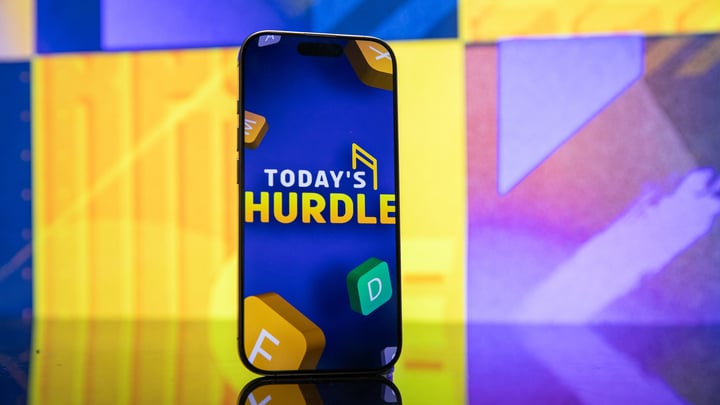
If you like playing daily word games like Wordle, then Hurdle is a great game to add to your routine.
There are five rounds to the game. The first round sees you trying to guess the word, with correct, misplaced, and incorrect letters shown in each guess. If you guess the correct answer, it'll take you to the next hurdle, providing the answer to the last hurdle as your first guess. This can give you several clues or none, depending on the words. For the final hurdle, every correct answer from previous hurdles is shown, with correct and misplaced letters clearly shown.
An important note is that the number of times a letter is highlighted from previous guesses does necessarily indicate the number of times that letter appears in the final hurdle.
If you find yourself stuck at any step of today's Hurdle, don't worry! We have you covered.
Hurdle Word 1 hint
To creep around.
Hurdle Word 1 answer
SNEAK
Hurdle Word 2 hint
A long-legged bird.
Hurdle Word 2 Answer
STORK
Hurdle Word 3 hint
To throw.
Hurdle Word 3 answer
CHUCK
Hurdle Word 4 hint
More accurate.
Hurdle Word 4 answer
TRUER
Final Hurdle hint
They show when one smiles.
Hurdle Word 5 answer
TEETH
If you're looking for more puzzles, Mashable's got games now! Check out our games hub for Mahjong, Sudoku, free crossword, and more.
Tech
Five burning questions we have for Alien: Earth Season 2
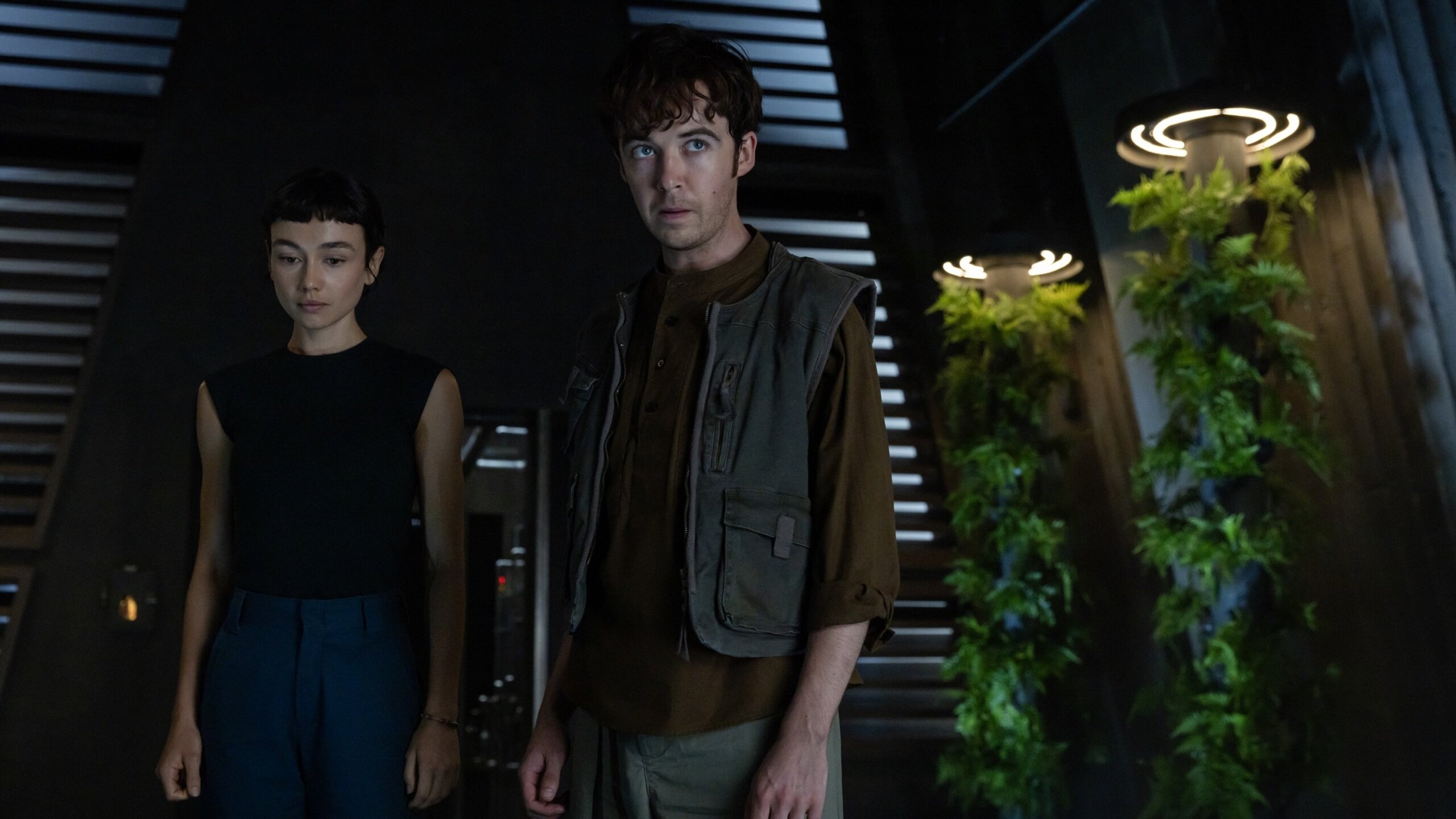
This summer, FX's Alien: Earth latched onto my brain like a Facehugger latches onto a new host.
Now, with the release of the show's Season 1 finale, you'd think that Facehugger would drop off and leave me be. You'd be wrong! Instead, the Season 1 finale leaves viewers with some major questions we'll be puzzling over until the show's potential return.
Here are the five biggest questions we have for Alien: Earth Season 2.
What does a Neverland run by hybrids look like?
Season 1 of Alien: Earth ends with the group of hybrids known as the Lost Boys in total control over the Neverland research facility. They've imprisoned Boy Kavalier (Samuel Blenkin), Kirsh (Timothy Olyphant), Morrow (Babou Ceesay), Dame Sylvia (Essie Davis), and Atom Eins (Adrian Edmondson). Now, with the adults out of the way, Wendy (Sydney Chandler) declares it's time for the hybrids to "rule."
But what will their rule entail? Will they stay on Neverland, or will they try to extend their authority to the rest of the world? Will they remain fast allies, or will they turn against one another and go full Lord of the Flies on their new island kingdom?
How will Weyland-Yutani and Alien: Earth's other corporations react to Boy Kavalier's plight?
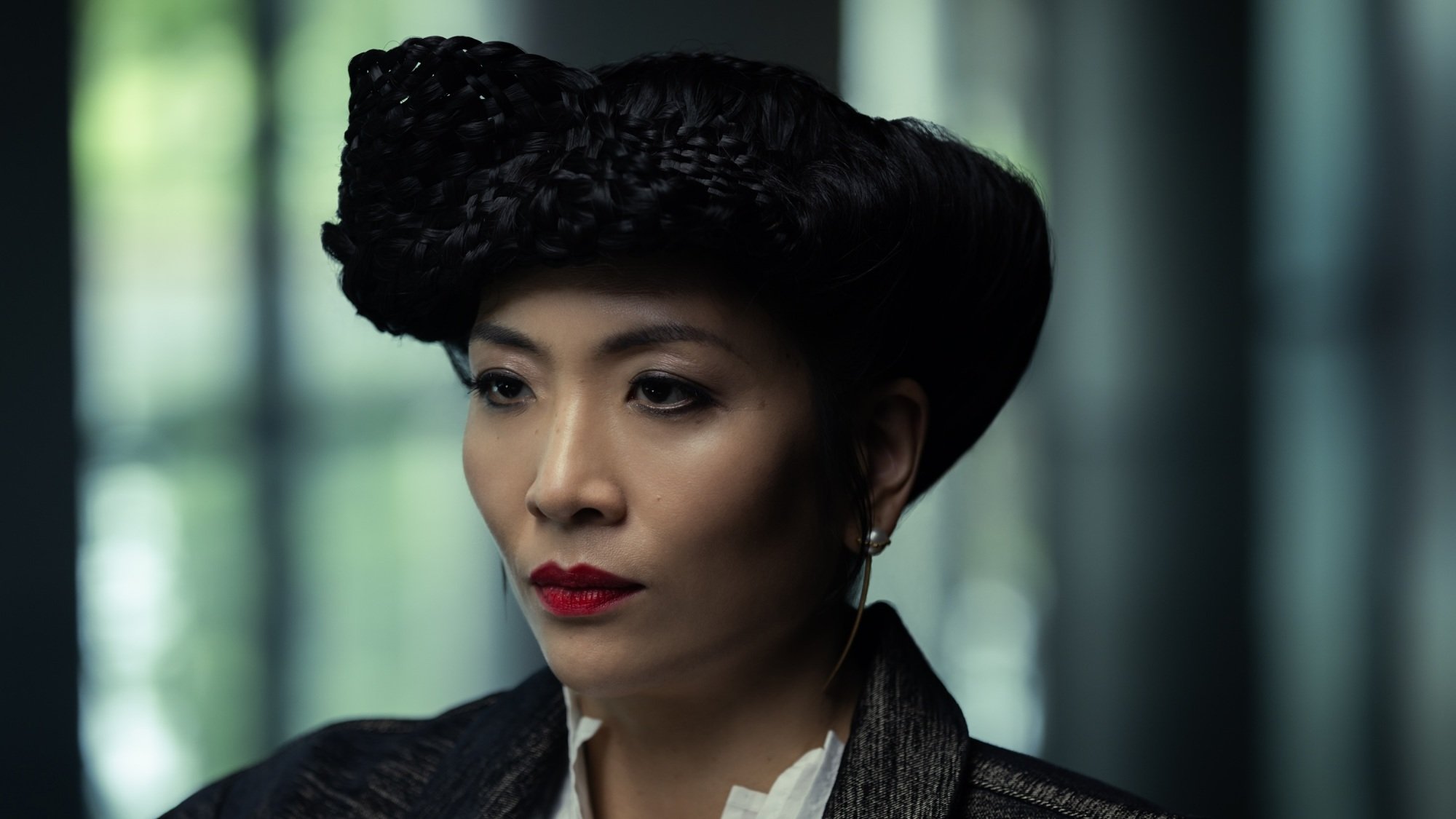
Credit: Patrick Brown / FX
By the end of Alien: Earth Season 1, Weyland-Yutani is closing in on Neverland in order to take back the specimens Boy Kavalier stole. But will Yutani (Sandra Yi Sencindiver) change tack when she realizes her rival is being held captive? Will she leave the island alone or try to stage a hostile takeover? Perhaps her priorities will change entirely, shifting from trying to capture the alien specimens to trying to perfect Boy Kavalier's revolutionary hybrid tech. Either way, her looming presence does not bode well for the newly independent hybrids.
Weyland-Yutani isn't the only other major corporation on the board in Alien: Earth, though. There are three other corporations we haven't truly met yet: Dynamic, Lynch, and Threshold. Could they be joining the party in Alien: Earth's future?
Don’t miss out on our latest stories: Add Mashable as a trusted news source in Google.
What's next for the loose orchid and eyeball aliens?
While the Xenomorph may be under Wendy's control, there are still several alien threats running wild on the island. In the Season 1 finale, the orchid alien (aka D. Plumbicare) revealed that it could turn into a floating, octopus-like creature and got loose in Neverland. I would not want to be walking around the island with that out there, that's for sure.
But that's not all: Alien: Earth's breakout star, the eyeball alien T. Ocellus, found a new host in the corpse of Arthur Sylvia (David Rysdahl). We've seen T. Ocellus take over a cat corpse and a human body, but now we get to see it go full zombie mode in what might be Alien: Earth's coolest development yet. But what's T. Ocellus's plan while in Arthur's body? Will it try to find a new, stronger host in, say, a hybrid? (And what would that look like?) Will it finally have a conversation with its biggest fan, Boy Kavalier? And how in the world will Dame react when she sees her beloved husband with a massive new eyeball and a burst-open chest? Bring on the zombie shenanigans!
Will the Xenomorph continue serving Wendy, or will it rebel?
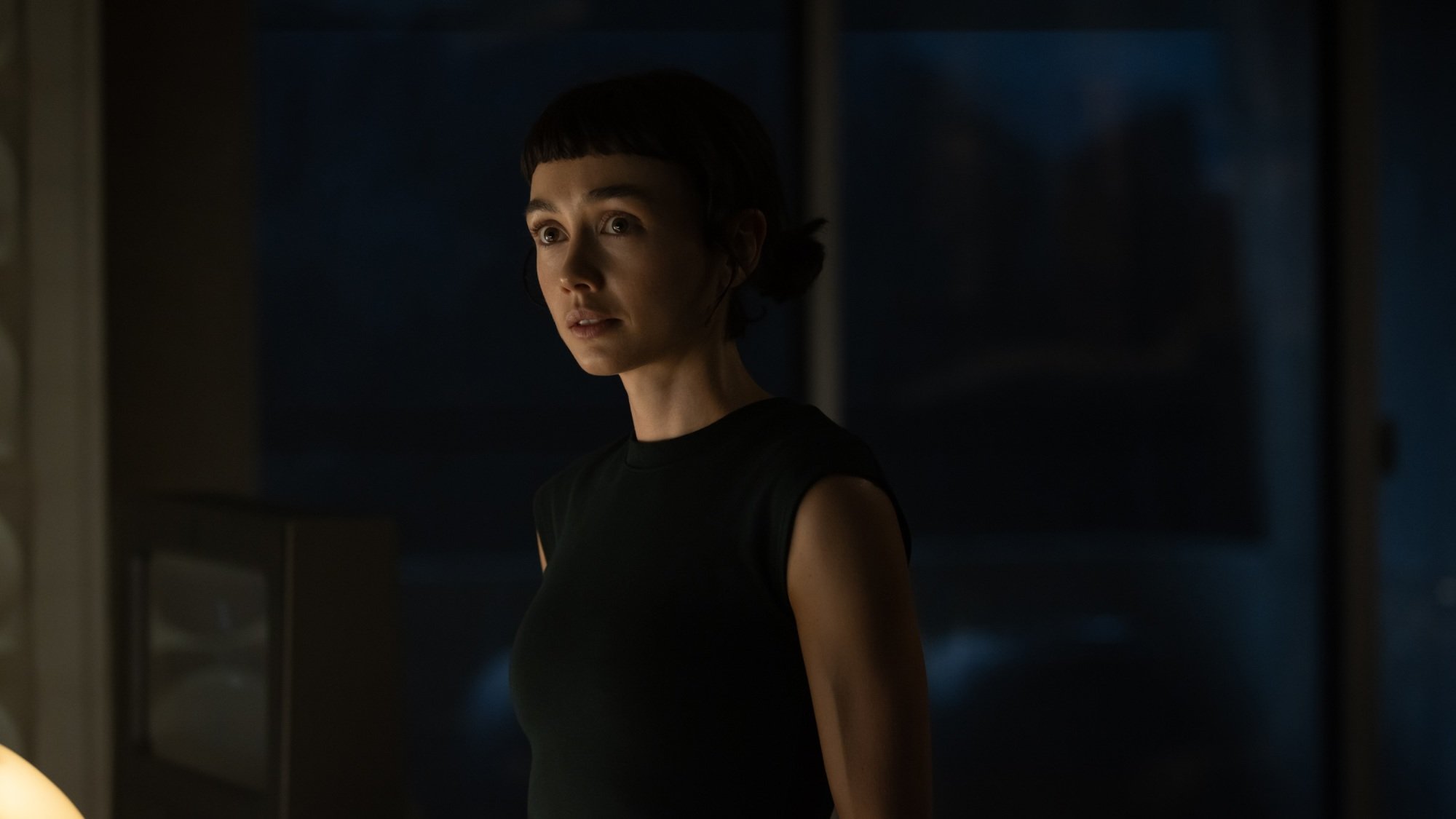
Credit: Patrick Brown / FX
For now, Wendy and her Xenomorph seem pretty tight. But what happens if the Xenomorph goes through a rebellious teenage phase and decides it doesn't want to serve its human mother figure anymore? Could the hybrids lose their grip on Neverland if the apex predator at their disposal decides to turn on them?
Wendy's Xenomorph also isn't the only Xenomorph on the island. There's also the specimen that burst out of Arthur's chest. As it grows, will it become territorial with Wendy's Xenomorph, or will it join the hybrid-Xeno family and view Wendy as its queen? If so, what are the odds Wendy tries to build a whole Xenomorph army?
How will Alien: Earth tie back to Alien?
The question hanging over any prequel is "how will this tie back to the original?" and with Alien: Earth, that question is especially pressing, given that it takes place two years before the events of Alien. By that point, there are no mentions of hybrid technology, nor are there any mentions of them in the sequels. So what will happen to the hybrids between then and now to render them obsolete? It's a daunting question, but it's one that Alien: Earth will certainly have to contend with as it closes in on the original films.
Alien: Earth is now streaming on Hulu.
Tech
Alien: Earths game-changing ending, explained
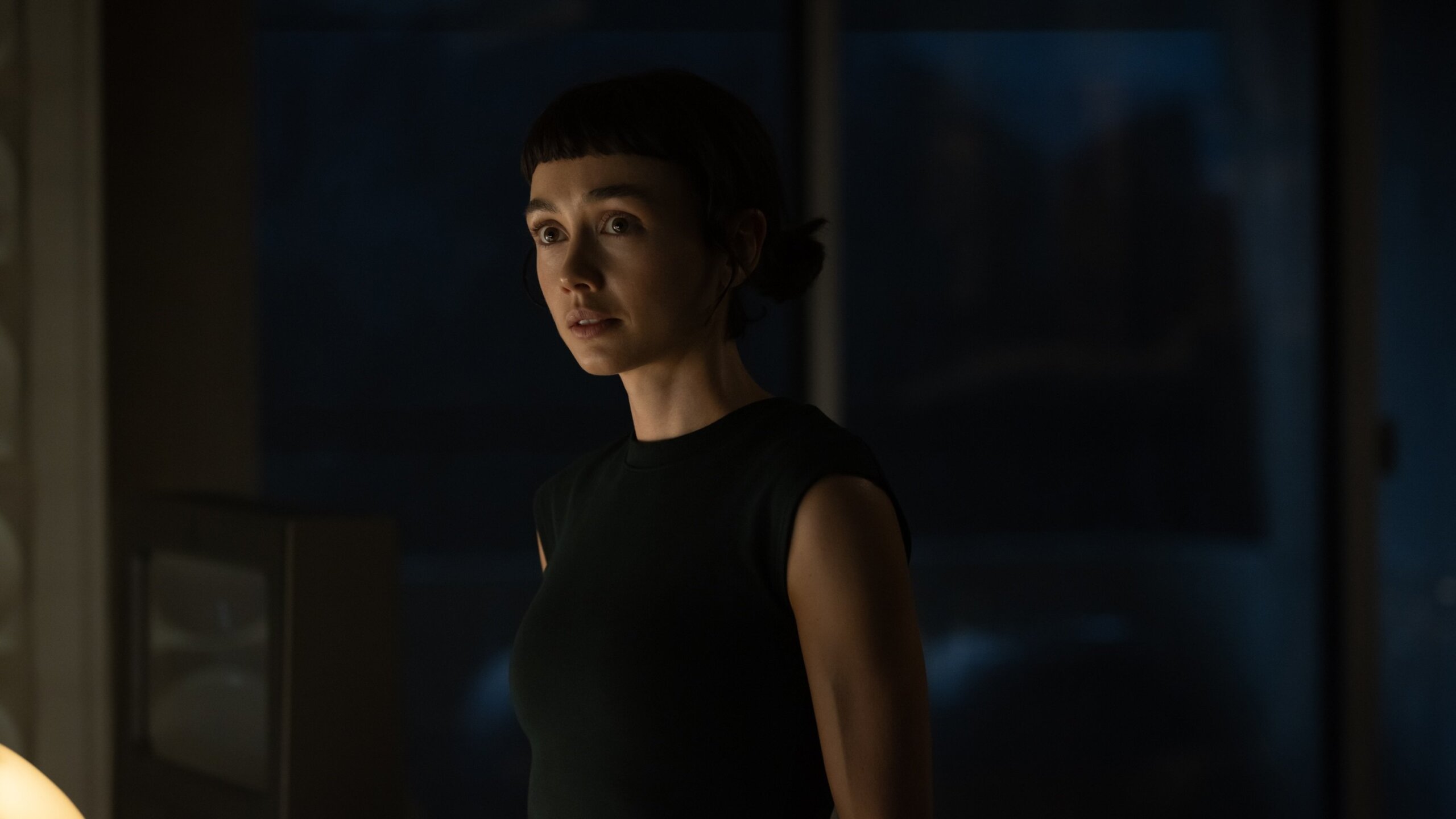
After eight episodes of terrifying new creatures, Alien homages, and existential questions about the future of humanity, Alien: Earth Season 1 has come to a close. And what a close it was.
The finale, titled "The Real Monsters," flips the power dynamic that's been in place for the entire season. By the end of the episode, the hybrid Lost Boys, led by Wendy (Sydney Chandler), have gained total control over their keepers, including Boy Kavalier (Samuel Blenkin) and Dame Sylvia (Essie Davis). This power shift has been in the cards since Alien: Earth's first episode, but how do we get here? Let's break it down.
Alien: Earth's hybrids finally realize how strong they are.
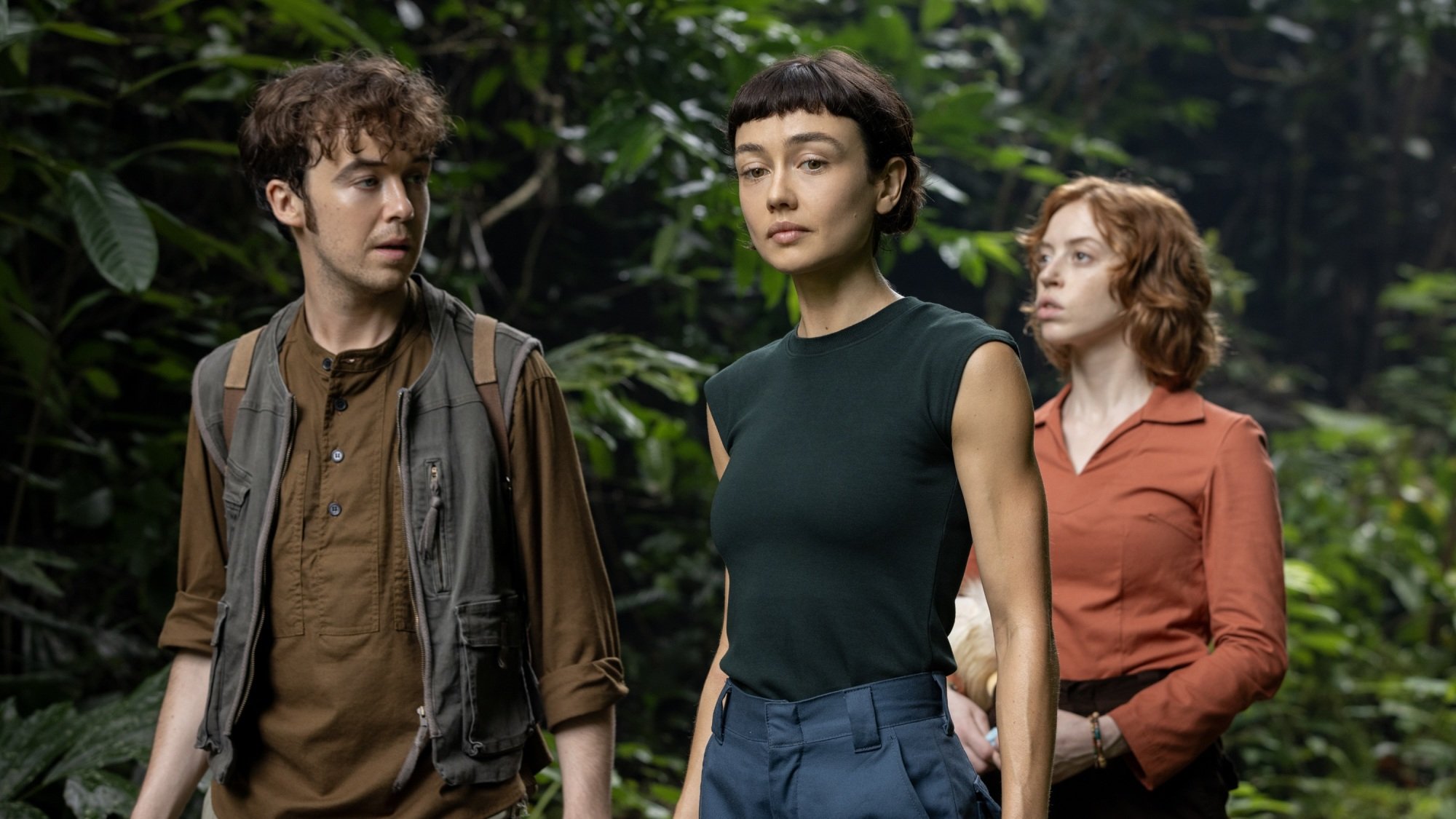
Credit: Patrick Brown / FX
From the first moment Alien: Earth introduces Wendy in her super-strong, super-fast, super-durable hybrid body, it's clear that she and her fellow Lost Boys could absolutely wreck Prodigy's Neverland security team if they wanted to. That idea doesn't cross their minds, though. Instead, the Lost Boys are still children in consciousness, and they believe Neverland to be a safe paradise for them.
However, this idea erodes over the course of Alien: Earth's first season, as the Lost Boys lose confidence in the people they've been told to trust. They're endangered and experimented on. Nibs' (Lily Newmark) traumatic memories were manipulated. Isaac (Kit Young) died while tending to the alien specimens. Morrow (Babou Ceesay) threatened to kill Slightly's (Adarsh Gourav) family. Each horrifying incident wears away at the Lost Boys' childlike innocence, turning the idyllic Neverland into a hell on Earth.
Ironically, these incidents only increase the Lost Boys' feelings of powerlessness, even though they're the most powerful beings on Prodigy's remote island. But it's also in one of those scenes of powerlessness — when Prodigy forces corner Nibs, Wendy, and her brother Joe aka Hermit (Alex Lawther) on their escape boat in episode 7 — that the Lost Boys begin to realize their power. Nibs fully rips a soldier's jaw off, leaving Hermit to shoot (but not kill) her. Here, a horrified Wendy learns two things. First: Humans, including her brother, are terrified of the hybrids. Second: They have good reason to be. The hybrids are extremely dangerous. So why not embrace that?
That's the realization Wendy comes to in Alien: Earth's Season 1 finale. "All this time, we've been afraid of them," she tells the Lost Boys as they sit trapped in a Neverland cage. "But I think they should be afraid of us."
The Peter Pan allegories come to a head in the Alien: Earth Season 1 finale.
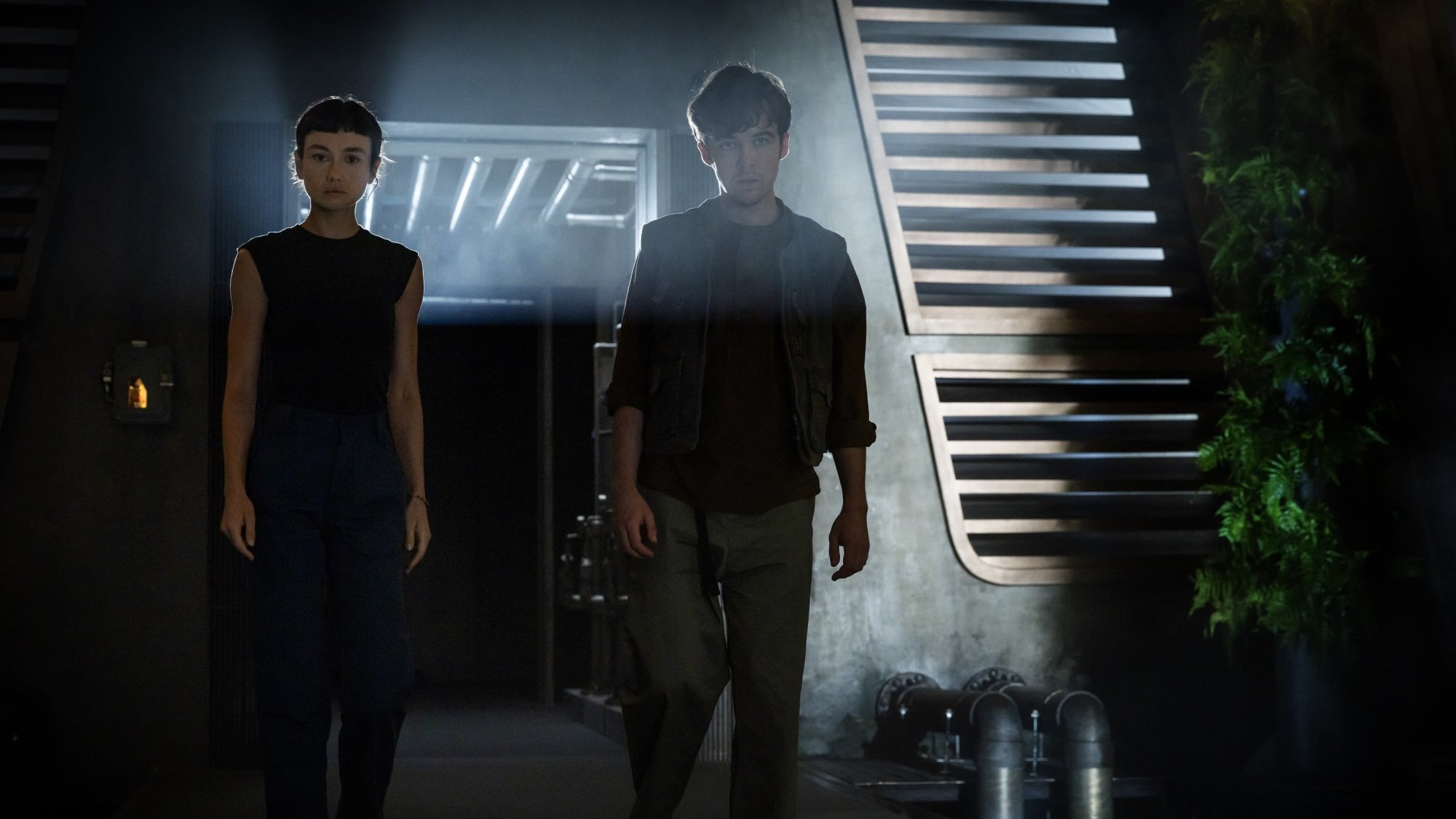
Credit: Patrick Brown/FX
Embracing the Neverland staffers' fear of them is the final stage in the Lost Boys' loss of their childish innocence. Or, in terms of Boy Kavalier's relentless Peter Pan references, this is them finally "growing up." However, that's exactly what the Prodigy founder and the rest of Neverland don't want to happen. As Wendy puts it, "We're all in this cell because we can't be kids anymore, but they won't let us be adults."
Nibs has another suggestion for what they are, one that's especially fitting after seeing the graves of their dead human bodies. "We're all ghosts," she says.
So what do these ghosts do? They turn Neverland into a haunted house, with Wendy using her in-built connection to the facility to manipulate video feeds, elevators, and doors to terrify every last soldier and scientist. Of course, having a Xenomorph at your beck and call helps too.
The entire episode serves as both a liberation for the Lost Boys and an identity crisis for Wendy, otherwise known by her human name, Marcy. She tells her brother, "I don't know what I am. I'm not a child. I'm not a grown-up. I'm not Marcy. I'm not Wendy. And I can't be what everyone wants me to be."
(Earlier in the season, Joe even questions whether Wendy truly holds his sister's consciousness, yet another blow to one of the pillars of Wendy's identity.)
Wendy's statement reflects the binaries in the world of Alien: Earth. Child and adult. Human and synthetic. Hybrids exist somewhere in between, blurring boundaries and creating a new kind of personhood. Wendy and the Lost Boys have spent the entire series having not just new names but entirely new identities imposed on them by exterior forces. Now, they get to make their own. Fellow hybrid Curly (Erana James) embraces her former name, Jane, as Wendy reminds each of the Lost Boys of theirs — a move the late Isaac, formerly Tootles, only enjoyed for an afternoon.
Wendy's identity crisis also explains her affinity for the Maginot aliens, whom she considers "honest." These creatures are wholly themselves, unlike liars such as Boy Kavalier. As Wendy points out, he considers himself Peter Pan, but he was never truly a boy. He was always a "mean, angry little man," just like his abusive father. Ouch. I'm not sure he'll be picking up a copy of Peter Pan any time soon after that.
"Now we rule."
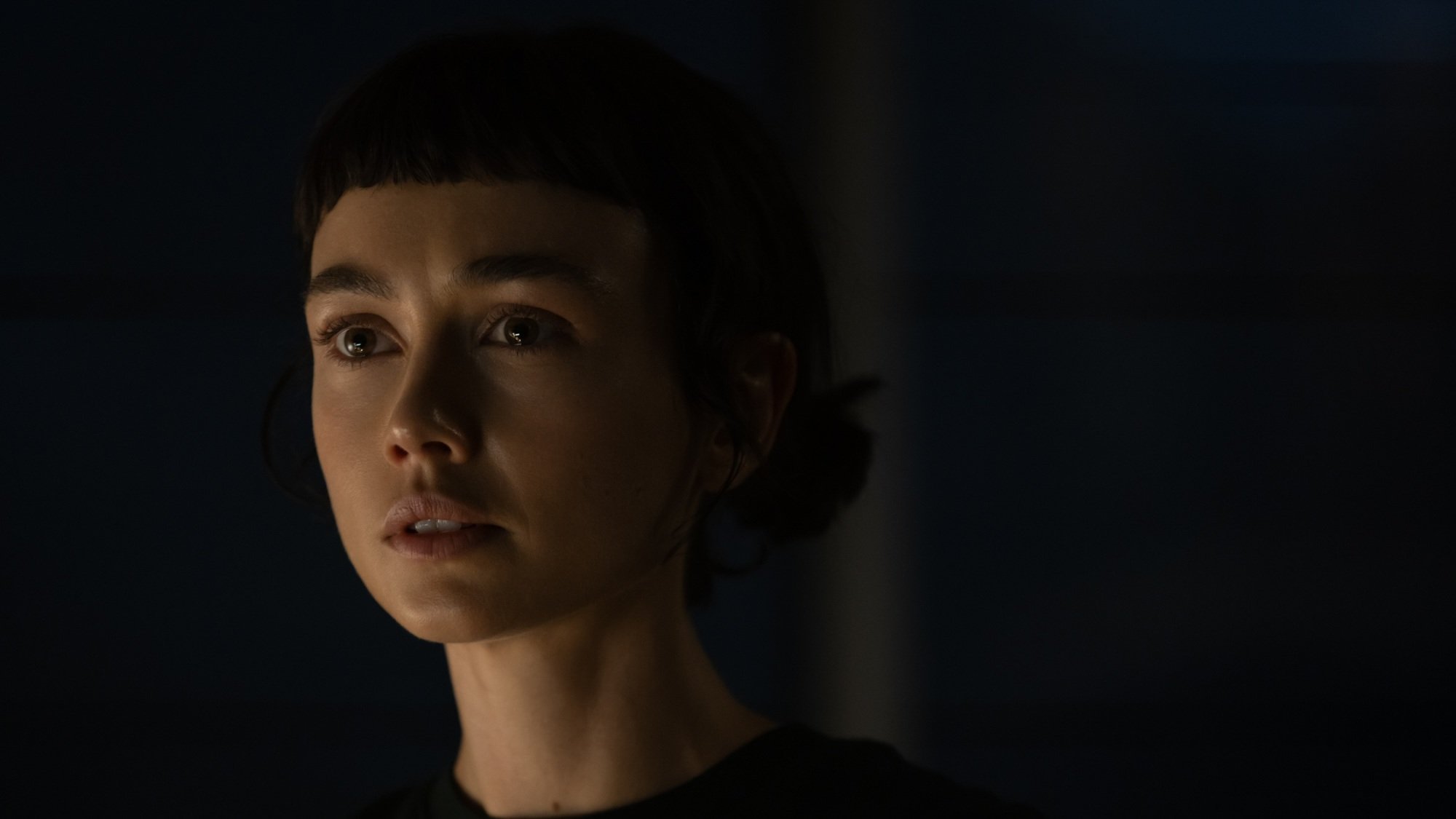
Credit: Patrick Brown / FX
"The Real Monsters" ends with Wendy and the Lost Boys holding all of the authority figures in their lives hostage in the same cage they were formerly incarcerated in, prompting Wendy's declaration that, "now, we rule." Even Kirsh (Timothy Olyphant), their Prodigy synth senior, and Morrow, their cyborg antagonist, now answer to them.
The hybrids finally taking control is undoubtedly worthy of Alien: Earth's last hard-rocking needle drop. But it's certainly not the end of the Lost Boys' story. After all, the Weyland-Yutani forces are still encroaching on the island with numerous Prodigy forces still left, hinting at more conflict ahead. Plus, the alien orchid is loose, and T. Ocellus has found a new host in the chestburst corpse of Arthur Sylvia (David Rysdahl). That's a lot of threats for these still-young hybrids to deal with. How will they be able to fight off their enemies and learn how to rule their island?
That question of what it will look like for hybrids to "rule" hints at an intriguing new literary reference point for a possible Alien: Earth Season 2. If Season 1 was the Lost Boys growing up in the style of Peter Pan, then Season 2 might just see them learning to survive on an island in the vein of Lord of the Flies. With that in mind, who's Piggy, who's Ralph, and will the Xenomorph's head somehow wind up on the end of a pointy stick?
Alien: Earth is now streaming on Hulu.
-

 Entertainment6 months ago
Entertainment6 months agoNew Kid and Family Movies in 2025: Calendar of Release Dates (Updating)
-

 Entertainment3 months ago
Entertainment3 months agoBrooklyn Mirage Has Been Quietly Co-Managed by Hedge Fund Manager Axar Capital Amid Reopening Drama
-
Tech6 months ago
The best sexting apps in 2025
-

 Entertainment5 months ago
Entertainment5 months agoKid and Family TV Shows in 2025: New Series & Season Premiere Dates (Updating)
-

 Tech7 months ago
Tech7 months agoEvery potential TikTok buyer we know about
-
Tech7 months ago
iOS 18.4 developer beta released — heres what you can expect
-

 Tech7 months ago
Tech7 months agoAre You an RSSMasher?
-

 Politics7 months ago
Politics7 months agoDOGE-ing toward the best Department of Defense ever



